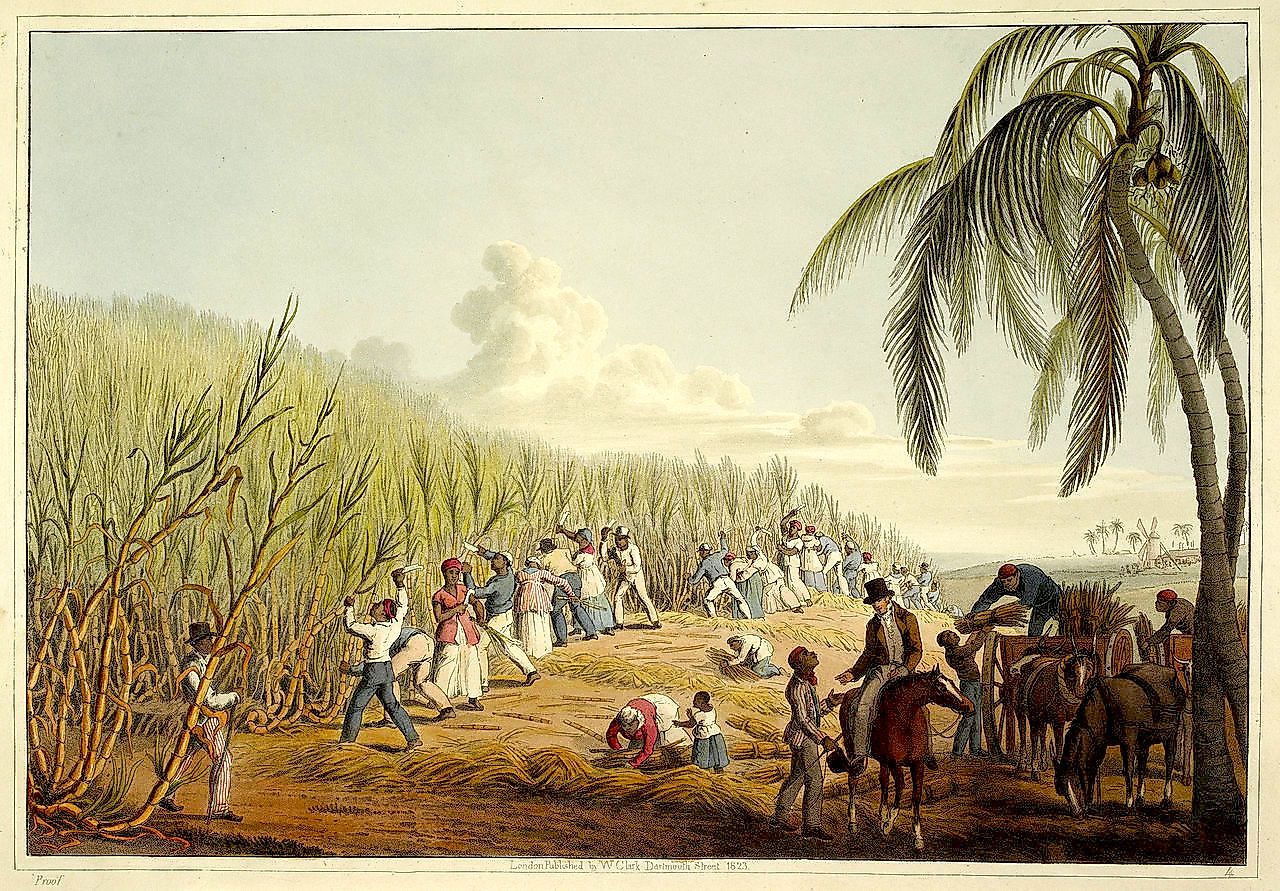
The British Colonization Of The Americas
By the beginning of the 20th century, the British Empire spanned nearly a quarter of the globe. With considerable holdings in every continent on Earth, the old saying the "sun never set on the British Empire" was truer than ever.
However, this was not always the case. During the Age of Exploration, the British were an afterthought in terms of colonial powers. The Spanish and Portuguese had already colonized much of South and Central America by the middle of the 1500s. The French were launching daring expeditions themselves. The British were getting left behind, but not for long. This article explores the story of the British colonization of the Americas, a series of events that started in the 16th century and shaped much of world history in the centuries to come.
State-Sanctioned Piracy
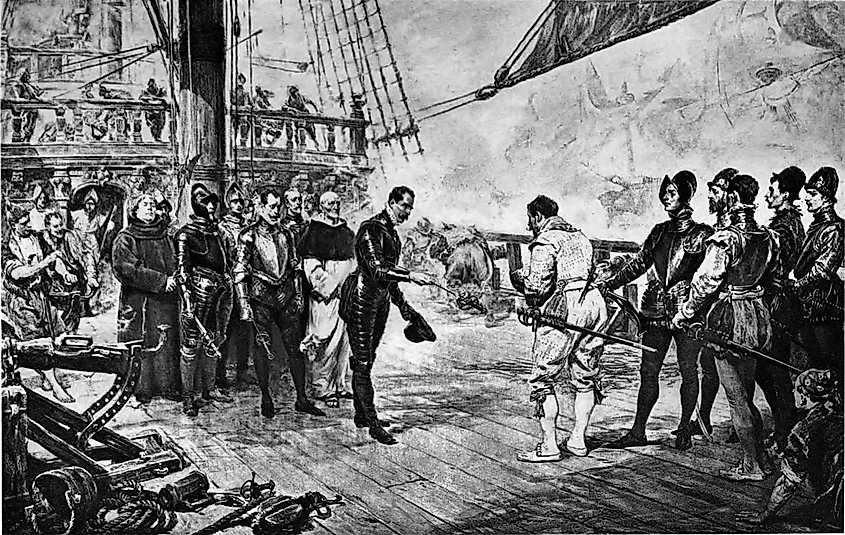
The early days of British colonialism in the Americas did not begin with Jamestown or Plymouth Rock but rather raids on Spanish shipping traveling back to Europe. The 16th century saw a naval arms race of sorts between the British and Spanish, with both nations trying to out-build one another's naval forces.
England, at the time, was still quite poor and lacked the funds and desire to start its own settlements. The only type of colonial venture they were involved in was sending seasonal fishermen to the east coast of Canada who, once finished, would return to England only a few months later.
Instead, it was much more practical and cost-efficient to just raid the immense gold and silver brought back by the Spanish from their colonies in Latin America.
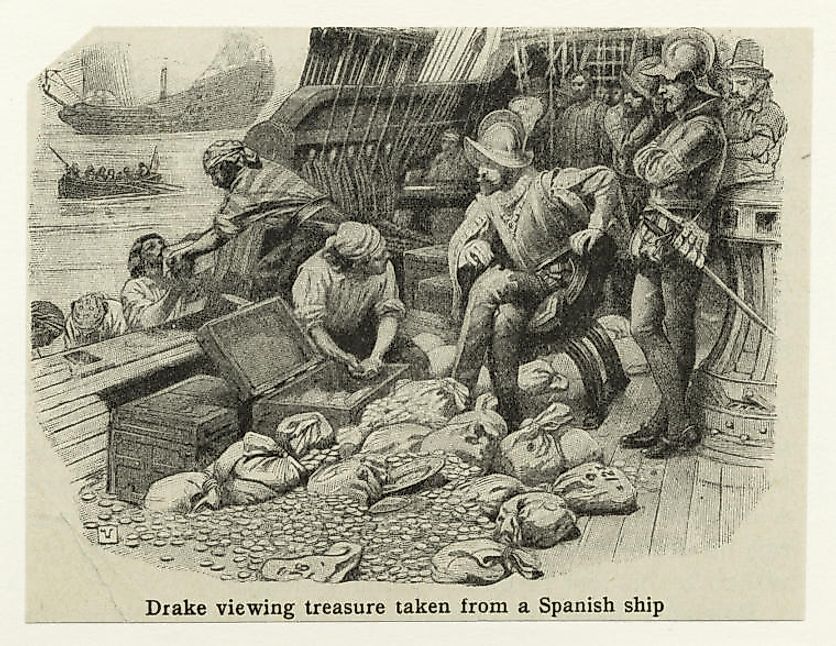
In 1572 the renowned Sir Francis Drake was given command of the Pasha and Swan by Queen Elizabeth I. Though small, both ships were fast and maneuverable, allowing Drake and his men to raid towns and shipping routes relatively easily. The Queen also granted Drake a privateering commission, which allowed him to engage in state-sanctioned piracy.
When Drake returned to England, he brought with him all the exploits of the New World. Gold, silver, coffee, and sugar. The potential profit to be made in the Americas was now self-evident, and the British aristocracy certainly took note.
The Thirteen Colonies
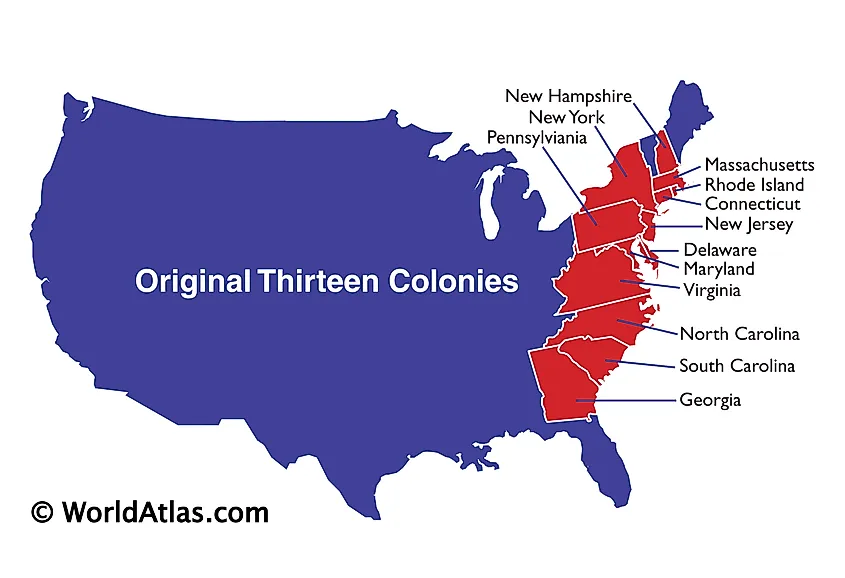
The English first tried their hand at permanent settlement in 1587 at Roanoke in what is today North Carolina. This colony quickly failed. When a supply ship from Britain arrived back at the settlement in 1590 to give the struggling colonists much-needed food and medicine the sailors were greeted with an abandoned village.
It is still not clear what happened to these first early settlers. It is most likely that the colonist was either killed by hostile native tribes or set out further inland to seek a better place to live. Either way, the 115 people that made up the colony were never seen again.
The British would eventually find success in Jamestown, Virginia, in 1607. This settlement suffered greatly in its infancy and would have surely been destroyed if not for the assistance of friendly Native American tribes. The eventual success of Jamestown would spur a flood of immigrants into North America.
By the beginning of the 1700s, nearly 300,000 British subjects inhabited the continent's east coast, and the original Thirteen Colonies that would later go on to form the United States were established.
Canada And The Caribbean
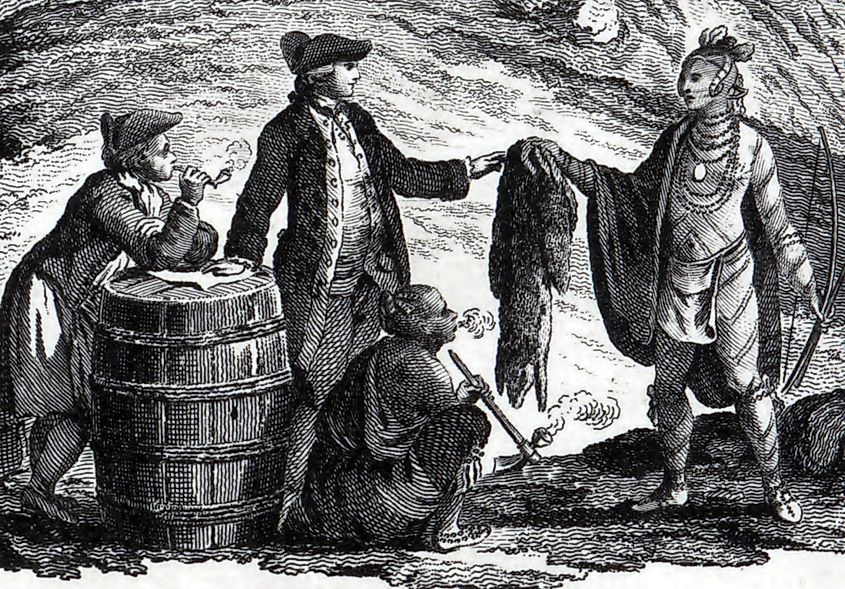
British colonial efforts were not just relegated to what is today mainland America. In the 1570s, the Hudson's Bay Company was quick to see the potential in the lucrative fur trade and set up a series of trading posts in what is today northern Manitoba, Quebec, and Ontario. Beaver pelts were soon one of the most valuable items in North America and were a key component in the popular garments in European fashion.
Jamaica would also come into British possession after they wrestled the island away from Spanish hands in 1655. Jamaica was one of the most profitable colonies in the world at the time. Reliant almost exclusively on African slave labor, Jamacia would soon be one of the world leaders in both sugar and cocoa production.

The British expanded their influence further around the Caribbean. Barbados, the Bahamas, Belize, Trinidad and Tobago, and British Guiana would all become their colonial possessions and suffer under a slave-based plantation society first introduced in Jamacia.
Conflict With Natives And Other European Powers
The colonization of the Americas was hardly a bloodless affair. Countless clashes, skirmishes, and all-out wars were waged against the Indigenous peoples across the New World. In 1675, English colonists and the Wampanoag clashed for control of what is today New England.
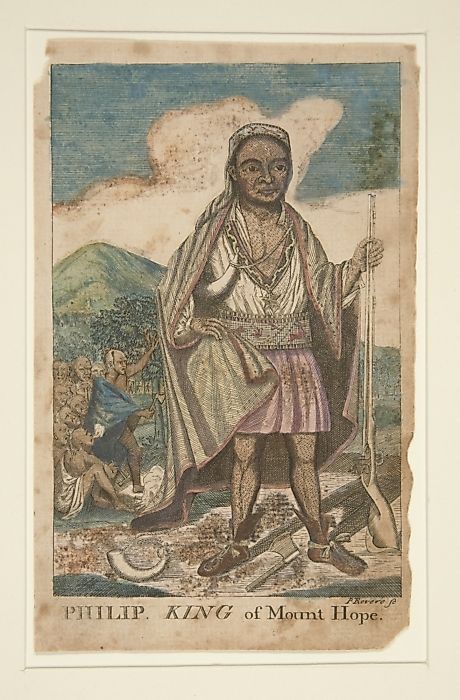
Both sides committed massacres and atrocities until the English were able to kill the leader of the Wampanoag, Metacom (King Phillip), in Battle at Mount Hope. He was then beheaded and drawn and quartered. His head remained displayed on a spike in the middle of Plymouth for nearly two decades. With Metacom dead, the war was effectively over.
The British and French would also come to blows over colonial possessions in the Americas. Long-held tensions in North America and Europe would boil over in the Seven Years' War lasting from 1756-1763. This war would ensure British domination of North America and end French Canada.
These conflicts would spell disaster for the Indigenous population. As Britain and France fought one another, various tribes were forced to pick a side in the conflict. This led to many native tribes fighting devasting wars against European armies and other tribes. This only left the Indigenous tribes in a perpetually weakened state and wide open for further conquest and colonization by European powers in later decades.
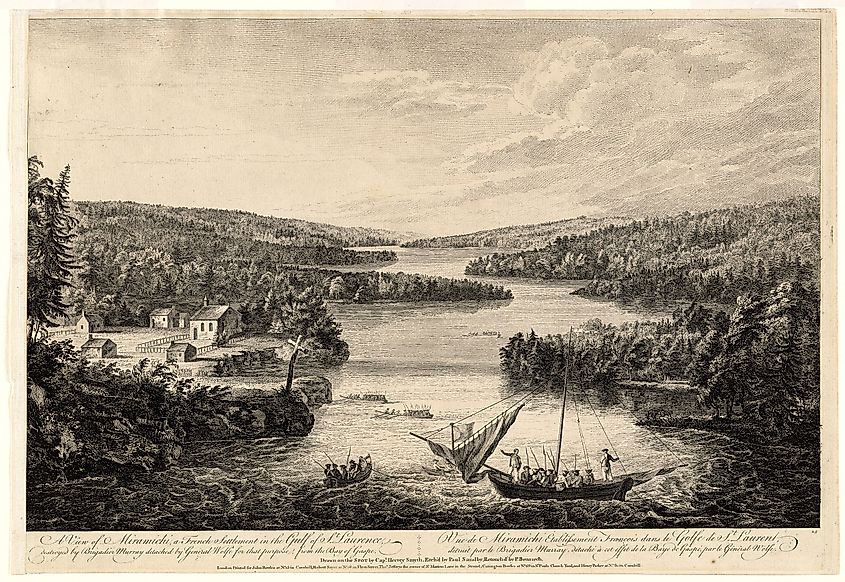
The British Empire's settlement in the Americas would set up the template for what would come in Africa and Asia. While the colonies in these parts of the world were certainly different than places like Canada and the United States, the blueprint for global conquest would be forged in North America.
Today Britain does not control any of its old territories aside from a few remote islands that are used for naval bases. But their legacy continues to live. English is one of the most commonly spoken languages in the world, and its cultural influence remains as high as ever.











